19 August 2013: In the wake of the tragic Rana Plaza factory collapse in Bangladesh in April 2013, there has been an increasing desire by Australian consumers to know more about how their clothes are produced and how the workers that make them are treated. Most apparel travels through various parts of the world and through many hands before reaching store shelves. Even within the apparel industry, there are different sorts of supply chains.
Wages are one of the chief concerns for workers. The Australian Fashion Report by Not for Sale Australia and Baptist World Aid Australia assesses the ethical practices of 128 clothing brands and aims to empower consumers with the knowledge needed to purchase fashion ethically. The report states that there are very few firms which give minimum wages stipulated by the law to their workers in apparel industry. Child labour is another issue that is rampant in apparel industry and in cotton production, especially in developing countries like Bangladesh and China.
The reports further says to check these concerns of garment sectors. There are some code of conduct specified by ILO like responsible purchasing which ensures that company had made purchases from there where minimum wages were paid to labourers and there were no other abuses like child labour, also subcontracting policies ensures that subcontracts are not given to unauthorised, unmonitored facilities.
The report reveals that surprisingly, many companies do not know exactly who produces their goods. Public transparency is important as well because it shows a company’s willingness to being held externally accountable for its supply chain. It suggests that this can be done by knowing who the suppliers to the company are, down to the lowest level. By knowing this, abuses like child labour and low wages to the workers can be checked. Public supplier lists can likewise needs to be shown.
For effective monitoring, the report asserts that good quality audit is needed in the apparel industry. External audit brings in transparency and it keeps the industry clean of abuses also. Grievances of the workers can be handled effectively by having effective grievance redressal mechanism.
Global March Against Child Labour with partner organization Bachpan Bachao Andolan (BBA) and trade union partner – Garment Workers Union work at grassroots and policy level to eliminate child labour in an endeavour to ensure decent work for adults workers in the ready-made garment-manufacturing sector in India. During March 2011 and June 2013, BBA rescued / withdrew 1774 child labourers from the garment manufacturing sector in India. During the same period Garment Workers’ Union reached out to over 10,000 garment workers in Bengaluru sensitizing them about decent working conditions and fundamental rights at work. Additionally, Global March sensitized 63 officials from the Labour Department, Govt. of Karnataka (Bengaluru Division) on child labour and trafficking of children for forced labour underpinning the importance of inter-agency collaboration to protect the children from exploitation. The capacity enhancement workshops of the labour inspectorate were aimed at enhancing the capacity of the officials to monitor child labour and other labour rights violations in the garment manufacturing sector.
Mr. Kailash Satyarthi, Chairperson, Global March Against Child Labour responding on the report said, “Most of the well known brands, designers and retailers are minting money not only at the cost of the workers health and safety but also using cheap child labour. I, completely disagree with their excuse of ignorance of such rampant exploitation in supply chain. If they have ability to control quality, pricing, procurement and distribution and collection, then why cannot they check abuses such as child labour, trafficking and slavery, and crimes against workers? Consumers in such situations must act more responsibly, and Global March will be soon launching a campaign to promote consumer awareness.”
————
